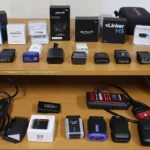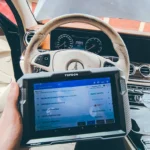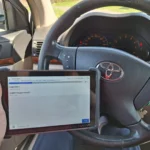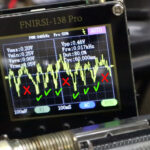The P2787: Clutch Temperature Too High code indicates that the clutch temperature has exceeded the acceptable range set by the manufacturer. This overheating could result from a faulty temperature sensor, inadequate cooling, or lubrication issues. If left unaddressed, high clutch temperatures can lead to clutch wear, slipping, or even complete transmission failure.
P2787 – Quick Overview
| Code | Information |
|---|---|
| Meaning | P2787: Clutch Temperature Too High |
| Is it serious? | Yes, overheating of the clutch can lead to slipping, increased wear, and potential damage to the transmission, ultimately causing complete failure of the clutch system. |
| Possible causes | – Overheating of clutch – Faulty temperature sensor – Cooling or lubrication issues |
| How to diagnose? | – Check clutch temperature – Inspect cooling and lubrication systems – Verify temperature sensor operation – Replace faulty sensors or components as needed |
P2787 Meaning
The P2787: Clutch Temperature Too High code means that the temperature of the clutch assembly is higher than the manufacturer’s recommended levels. This could be due to insufficient cooling, a faulty temperature sensor providing incorrect readings, or lubrication problems that increase friction within the clutch assembly. Overheating of the clutch can affect gear engagement and result in slipping or damage to the transmission components.
Step-by-step diagnostic guide
| Action | Description | Tools Needed |
|---|---|---|
| Check for Other Codes | Use an OBD-II scanner to identify if there are any additional related codes. Related codes can provide more context regarding the clutch or cooling systems that may be contributing to the overheating problem. | OBD-II Scanner |
| Check Clutch Temperature | Use a diagnostic tool to monitor the clutch temperature and compare it to the manufacturer’s specifications. If the temperature is significantly above the acceptable range, it could indicate a cooling or sensor issue that needs further investigation. | Diagnostic Tool, Manufacturer Specifications |
| Inspect Cooling System | Inspect all components of the cooling system associated with the clutch. Ensure the coolant is at the correct level, there are no clogs or leaks in the cooling lines, and that the cooling fan is functioning properly. Any issues found should be repaired to maintain proper clutch temperature. | Flashlight, Safety Gloves |
| Check Lubrication System | Inspect the lubrication system to ensure that the clutch assembly is receiving adequate lubrication. Low lubrication levels can cause increased friction, leading to overheating. Verify that the transmission fluid is at the correct level and is not degraded. Replace the fluid if it appears burnt or contaminated. | Transmission Fluid Dipstick, Flashlight, Safety Gloves |
| Inspect for Fluid Leaks | Look for any fluid leaks around the clutch area. Leaks can lead to inadequate lubrication, resulting in overheating. If leaks are found, identify and repair the source to restore proper fluid levels. | Flashlight, Leak Detection Dye (optional) |
| Verify Temperature Sensor Operation | Test the clutch temperature sensor using a multimeter to check its resistance and voltage output. Compare the readings to the manufacturer’s specifications to ensure it is functioning correctly. Replace the sensor if it is providing incorrect or inconsistent readings. | Multimeter, Manufacturer Specifications |
| Check Electrical Connections | Inspect the wiring and connectors associated with the clutch temperature sensor. Look for loose connections, corrosion, or damaged wires that could cause incorrect readings or failure in temperature monitoring. Tighten, clean, or replace any problematic components as needed. | Multimeter, Flashlight |
| Test the Cooling Fan or Pump | If applicable, check the operation of any electric fans or pumps that assist with clutch cooling. Malfunctioning cooling equipment can prevent proper cooling, leading to elevated clutch temperatures. Replace faulty components if necessary. | Diagnostic Tool, Multimeter |
| Replace Faulty Components as Needed | Replace any faulty sensors, repair damaged cooling or lubrication components, and address any electrical issues identified during diagnostics. Ensure that all replacement parts are in line with manufacturer specifications to maintain system integrity. | Replacement Temperature Sensor, Cooling System Components |
| Clear the Code and Test Drive | After making the necessary repairs, use an OBD-II scanner to clear the P2787 code. Conduct a test drive, paying close attention to clutch engagement and the temperature readings to ensure that the clutch is no longer overheating. | OBD-II Scanner |
| Recheck for Codes | Perform a final scan to ensure the P2787 code has not returned. If the code persists, further diagnostics may be needed to identify the ongoing overheating problem. | OBD-II Scanner |
Free PDF: How to choose OBD2 scanner
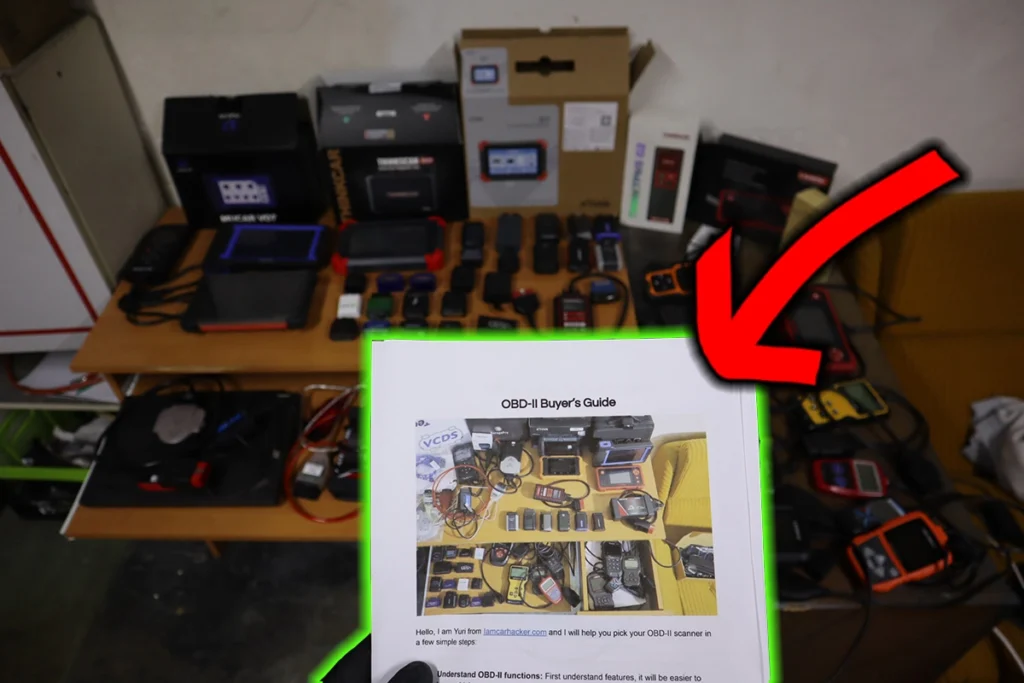
I’ve made you a free PDF to choose the OBD2 scanner in 5 minutes.
✅ Which OBD2 scanner is best?
✅ Which type should you get (DIY, Pro, Hobby)
✅ What is the best scanner for the exact brand/feature (e.g best for BMW)
✅ How to get a Bi-Directional tool for as cheap as $40
✅ Discount coupons for scanners
PDF is 100% free and it is designed to help you pick a scanner in less than a few minutes! Not a boring 50-page guide.
Just tell me where to send it.



